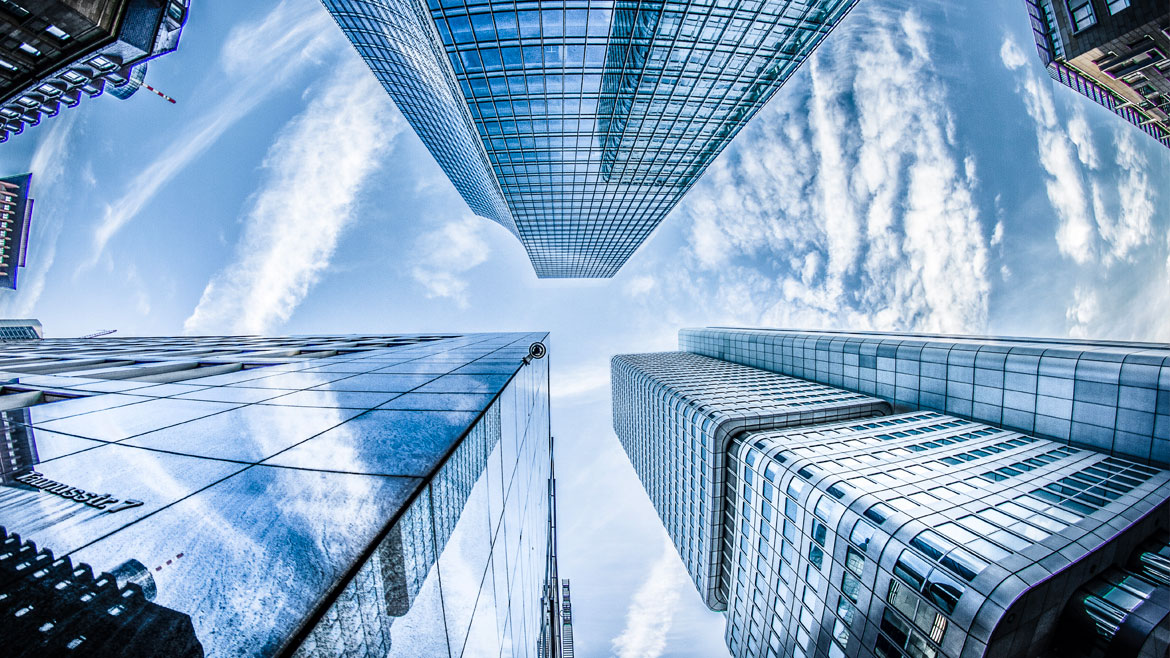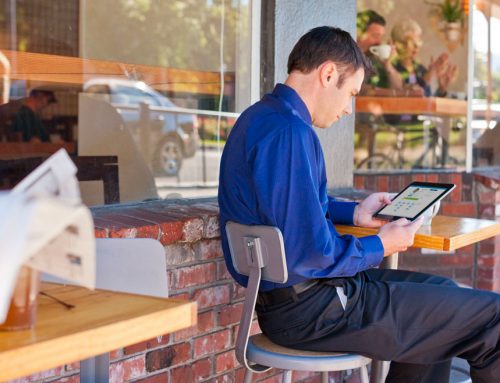When society moved from the Industrial Age to the Information Age there was a distinct shift that occurred in the office environment and industries that supported it. Punch cards were replaced by typewriters and computers, mimeographs by printers and photocopiers, and bookkeeping machines and calculators were transformed into computer applications.
Fast forward 40 or 50 years and that same distinct shift is occurring again as the world transitions into the 4th Industrial Revolution1, where emphasis will centre on experiences, intelligence and efficiency. But what will this look like over time? It’s a question answered through the new ways in which people work, create and innovate today2. What an office will look like in 2030 can largely be categorized into five areas of emphasis – demographics, office design, work/life balance, technology and the gig economy.
Changing Demographics
Workplaces everywhere are experiencing cultural and physical changes, and what many say is at the heart of these shifting dynamics is the influence of Millennials. Across the globe they’re entering the workforce en masse. Right now more than one-in-three American workers are Millennials and it’s estimated that by 2025, more than 75% of the US workforce will consist of Millennials.
Over the ensuing decade, a younger workforce will permeate through the office and work will be performed from anywhere and on any device. Work styles will become less scheduled and more ad-hoc, and the line between professional life and personal life will only become increasingly blurred.
Office Design
Cubicle-centric office spaces are quickly becoming a thing of the past with organic open-plan workspaces that foster collaboration and comfortability on the rise. This transition will only increase with time as more businesses look to provide an abstract environment that suits individual space and ever changing technology requirements.
HP reports that 70% of US offices now have some form of open-space for collaboration3, while a survey conducted by CBRE360 of businesses using their open plan spaces found 98% of those surveyed wouldn’t return to the old adage of an assigned cubicle, 58% felt more productive, 68% felt more in control while 63% had higher levels of satisfaction4.
Work/Life Balance
Flexible working practices are becoming an increasingly popular option for employers looking to provide their staff with a better work/life balance, and when you consider the numbers, this desire for balance is only going to increase.
According to a recent HP study, 81% of workers now handle work-related activities during personal time while 58% conduct personal activities during work hours5. The same study also found that 45% of Millennials would choose workplace flexibility and quality of life over pay. Largely due to demographics, workers in 2030 will want their work life to reflect their personal life, always-on and flexible.
Technology Driven
Thanks to an explosion of mobile devices and the Internet of Things (IoT), the way employees communicate, consume and manage both their work and personal lives is transforming before our very eyes6. These mobile devices, coupled with the plethora of cloud based applications on offer will be the driving force behind many facets of a workplace in 2030.
Technology is the enabler of remote, flexible work practices. And when you consider 45% of Millennials would already choose workplace flexibility over pay, businesses will need to adopt the right technologies to not only foster this, but remain attractive for prospective employees and retain top talent.
Gig Economy
Due to the proliferation of digital platforms like Uber, AirBnb and Fiverr, workers are beginning to forego the typical 9-5 for a more independent and flexible working life7. Comprised of freelancers, consultants and contractors, HP reports the Gig Economy to be growing 5 times faster than US employment growth, with 20-30% of the entire labour force comprised of contractors and self-employed workers.
By 2020, it’s estimated that 40% of the US workforce will be in some form of self-employment. As time goes on and Millennials comprise more and more of the workforce demographics, this number will only grow as the notion of flexible work hours, and “being my own boss” sits perfectly with their attitudes and desire for an optimal work/life balance.
Conclusion
In 2030, workplaces will be built on collaboration, flexibility and cohesion. Office spaces will be abstract environments that foster collaboration, people will work from anywhere, at any time and for anyone, while underpinning these areas of emphasis will need to be technology that enables such practices, rather than inhibiting.
At NEOS we offer cost-effective assistance for businesses looking to unlock the benefits of the future workplace by offering strategic advice on the hardware, software and management systems that underpin, and enable the functional foundations of what the future workplace will be.
So call us on 0800 022 123 or visit www.neos.co.nz for more information, and start your journey today.
1 “Office of the Future”, Hewlett Packard Development Company, Rev 1, July 2018
2 “Inside the Modern Workplace – The new role of desktop PCs in empowering tomorrow’s workforce”, HP Development Company
3 “Inside the Modern Workplace – The new role of desktop PCs in empowering tomorrow’s workforce”, HP Development Company
4 https://www.cbre.com/real-estate-services/occupier/workplace
5 “HP Global Trend Report”, HP Development Company, 2017
6 “Inside the Modern Workplace – The new role of desktop PCs in empowering tomorrow’s workforce”, HP Development Company
7 “Gig Economy & the future of work”, HP Development Company, Rev 1, July 18




